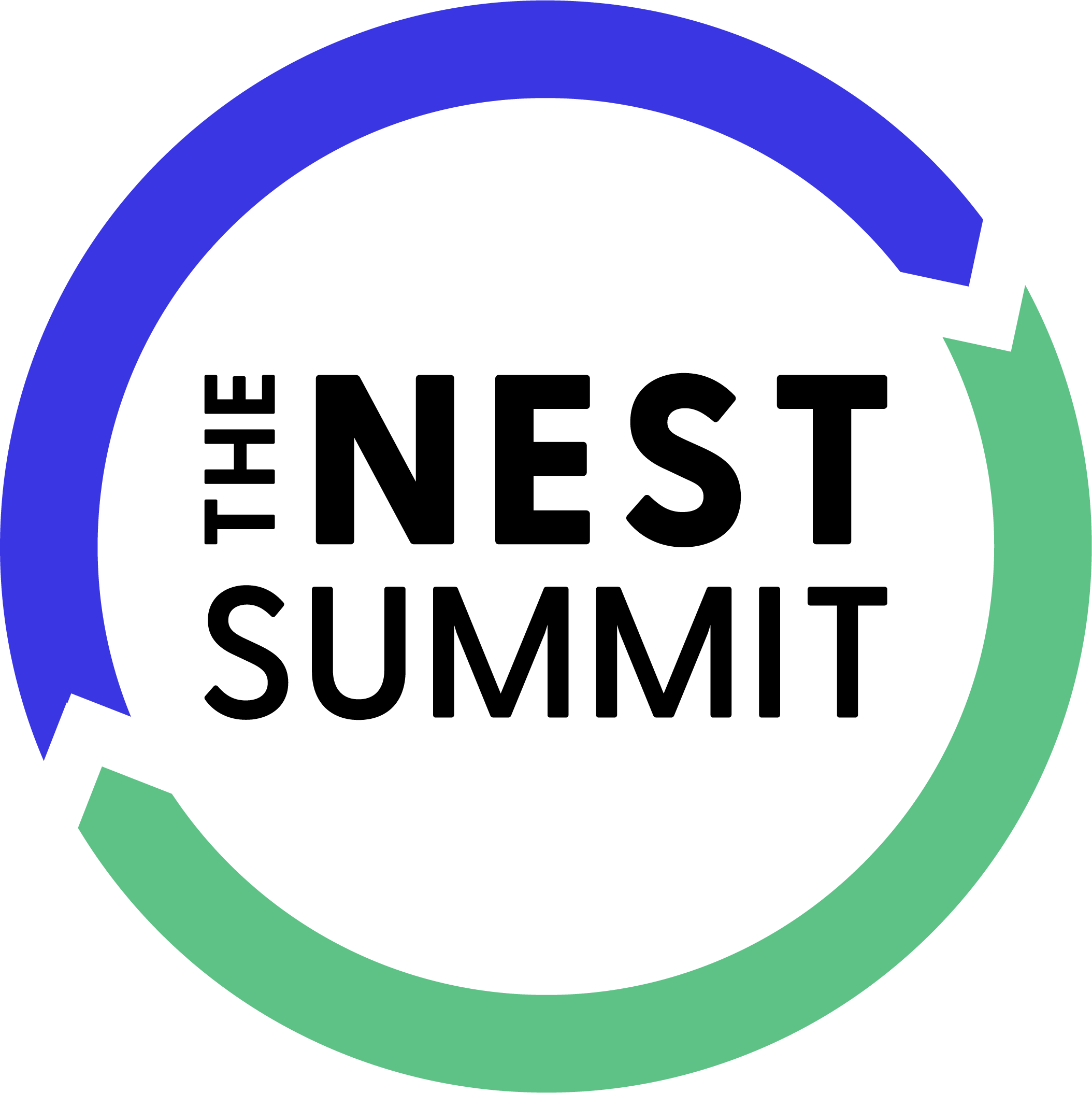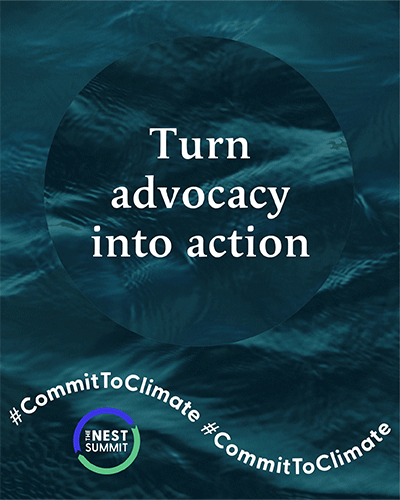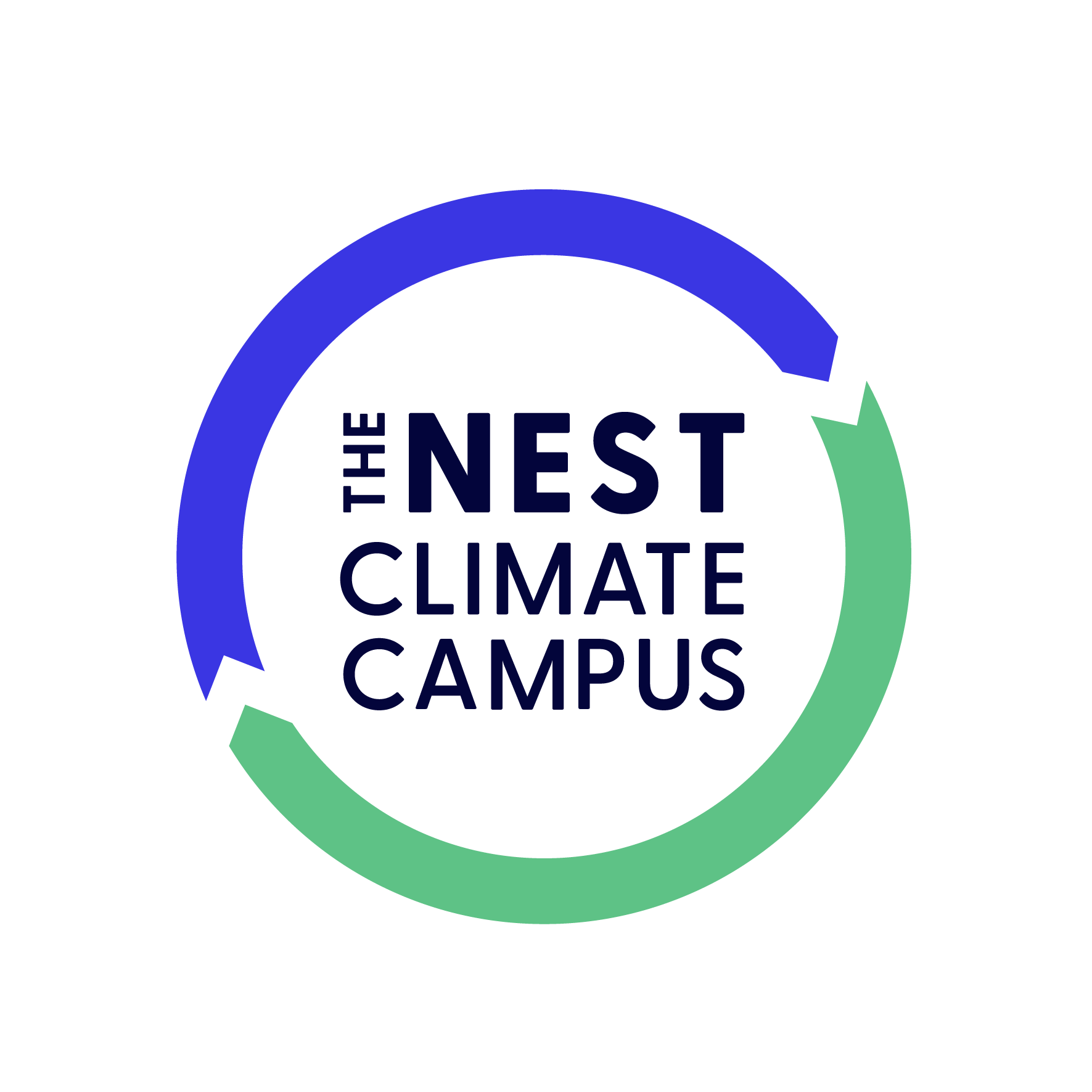Climate Conversations
Eliminating Food Waste and Feeding the Hungry: Food Rescue US’ Dual Approach to Climate Change
Americans generate more food waste than any other country, and nearly 40% of food waste is healthy fresh fruits and vegetables. Ten years ago, the founders of Food Rescue US had a groundbreaking idea: what if they could use technology to connect excess food that was on the verge of going to waste with local agencies that serve those in need?
From that idea was born the first-ever food recovery app, which remains the foundation of Food Rescue US’ technology today. This tech leverages an Uber-like model to provide communities with the resources to mobilize hundreds to thousands of volunteers to distribute surplus food to agencies, thereby feeding the food insecure.
“This is food that would have otherwise ended up in landfills where it would have contributed to climate change,” explains Carol Shattuck, CEO of Food Rescue US. “This is a win/win.”
Carol will be among the presenters at The Nest Summit, speaking on how to minimize waste as part of the Changemakers track. Below, she shares more about the Food Rescue US solution to climate change.
In conversation with: Carol Shattuck, CEO of Food Rescue US.

How has climate change influenced the way your organization does business?
Food Rescue US was founded to help end hunger and food waste. With the growing focus on climate change, our work has become even more focused on protecting our environment. Currently, food waste is contributing 8% of total global greenhouse gas emissions. This is largely because food that ends up in landfills and decomposes releases carbon dioxide and methane, a greenhouse gas that is at least 28 times more potent than CO2.
Our work reduces food waste and increases awareness everyday. With every new member who joins the Food Rescue US movement, we create more aware and responsible communities that help end food waste. Many of our food donors, food rescuers, and agency partners were unaware of the impact that food waste has on the environment until learning about Food Rescue US. Now, together, we have kept 100+ million pounds of food out of landfills.

What’s an aspect of climate change your organization or industry is uniquely equipped to address? What do you wish your customers and/or clients knew about how your organization approaches climate change?
Food Rescue US is uniquely equipped to reduce food waste; however, a significant barrier to our work is that most people don’t realize that food waste is a major contributor to climate change. According to Project Drawdown, reducing food waste is third on their list of 100 solutions to reverse global warming.
Our unique model, which utilizes our app and engages a large volunteer base, enables us to rescue varying amounts and kinds of food at short notice. Because we use a direct-transfer model, we can rescue fresh perishables such as fruits, vegetables, eggs, milk, meat, and more. Traditional hunger relief organizations that utilize warehouses cannot rescue this food without it spoiling.
Furthermore, when food donors experience technical failures such as power outages, our team, using our app, can respond within 1-2 hours, saving this food from being wasted. When the freezers at a Trader Joe’s in Fairfield County, CT, broke, our Site Directors coordinated volunteers to recover thousands of pounds of food before it thawed and spoiled.
Our daily rescues range from a box of baked goods from Blue Canary Confections in Columbus to 6,300 lbs of produce, dairy, and meat from Whole Foods in Detroit to over 40,000 lbs of food from the 2020 Super Bowl in Miami. We complete as many as 5,400 rescues per month, and this number is trending upward.

How is your organization using the power of emotion to encourage climate action?
Participating in the Food Rescue US movement enables individuals to see first-hand the type of and amount of food being wasted by local businesses and meet the staff at agencies providing food to those in need. Completing a food rescue is an extremely eye-opening, rewarding, and personal experience.
On one of my recent food rescues, I went to a local grocery store where the staff and I loaded boxes of tomatoes, zucchini, bananas, fresh baked goods, and frozen meat into my SUV. All of this food would have been thrown away by the food donor, but, instead, my husband and I drove it to a local soup kitchen where the staff was overjoyed to receive it and eager to cook with it.
Hearing from the grocers how Food Rescue US has given them an alternative to throwing away food and hearing from the agency staff how rare it is to receive fresh produce, meat, and dairy products, one can’t help but realize the immense importance of our work. Being an active member of one’s community helps you realize that you can make a difference in solving big challenges like climate change. Many of our rescuers bring along family members, including their children, and this is a powerful way to educate and engage the next generation.

What aspects of speaking at the Nest Summit most excite your team?
At Food Rescue US, we are always looking for new opportunities to connect to and partner with others involved in the fight against climate change. We are excited to share the Food Rescue US solution and the impact we have had over the last ten years on helping to end food waste and hunger. I know the Summit will be an inspirational experience and we look forward to hearing a diverse range of opinions and sharing ideas specific to that end.






